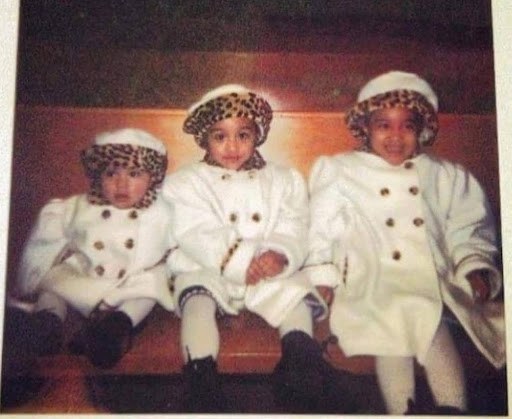
Liliane Ulukivaiola • October 1, 2025
This November, the Alaska Humanities Forum will host a free public day of storytelling to support the proposed designation of the Tikahtnu Upper Cook Inlet as a National Heritage Area. Together, we’ll reflect on who we’ve been, who we are, and who we want to become.
Stories give meaning to places. They hold the memories, values, and voices of the people who live there. By sharing them, we don’t just remember the past - we create a shared understanding of what a place means today and imagine what it can become tomorrow.
We’re especially excited to feature this story from our Community Advisory Board member, Liliane Ulukivaiola, who grew up on Anchorage’s east side as a 90’s kid.
Join us in person on Nov 8th and add your voice to our online story bank!

Liliane Ulukivaiola
What makes a place home? It was 1985 and my mom came to Alaska with my grandparents, and her younger siblings after moving from American Samoa, Tonga, and Hawaii. A huge shift from living in the tropics for a family of four migrating across the South Pacific to the Northern part of the Pacific Ocean, the Gulf of Alaska - making Anchorage their home. My grandpa was a commercial fisherman and Alaska was a dream. Alaska meant freedom and opportunities. Shortly after moving to Alaska, my grandparents, my mom and my uncles moved to Airport Heights. Airport Heights became home in their ranch style home on 16th Ave. My dad moved to Anchorage from Tonga in the early 90s, after being a soccer player for the Tongan rugby team and just so happened to be visiting his uncle who lived in East Anchorage. He planned on returning to Tonga but after meeting my mom decided to make Anchorage home, instead.
What makes a place home? For me - it’s the place and people. Some of my earliest memories are in Mt. View with my family. It was 1998. At the age of four years old, I lived on Irwin street in Mt. View in an apartment complex with my parents and sisters near the newly opened Mt. View Boys and Girls Club. When I was younger, my older cousin, who lived in the apartment complex above ours, and I would go to Kid’s Kitchen for a free meal, a program started in 1998 by Eligin Jones, a community leader with a heart for feeding children. I don’t remember the meal exactly but I remember sitting at a long table with other neighborhood kids which was unusual for me because it was and I saw Eligin Jones in the kitchen serving meals. I felt included with kids older than me sharing a meal especially because I was a high energy child who was unable to sit down for long.
Since I was born in 1994, nearly every Sunday, my family and I went to Anchor Park United Methodist Church. A church on the hill of Oak Drive with open doors, open hearts, open minds with a large Tongan congregation at the time. At five years old, I would sit in a two hour Tongan church service spoken only in Tongan. I did not understand the language and would try not to fall asleep before I got scolded by an elder nearby. After church service, there were potlucks, which consisted of an additional two hours of sitting down and eating Tongan food while my church friends got to play. Yet, I would eat my lu pulu, tapioca, and dessert and wait quietly hoping not to be disruptive till the potluck was over.
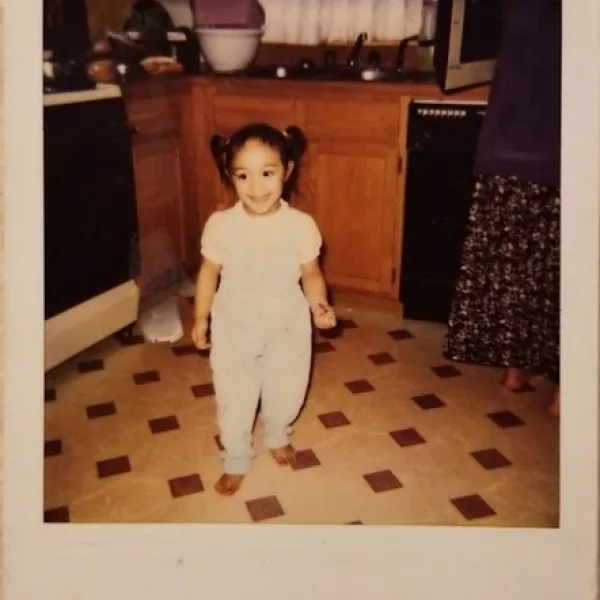
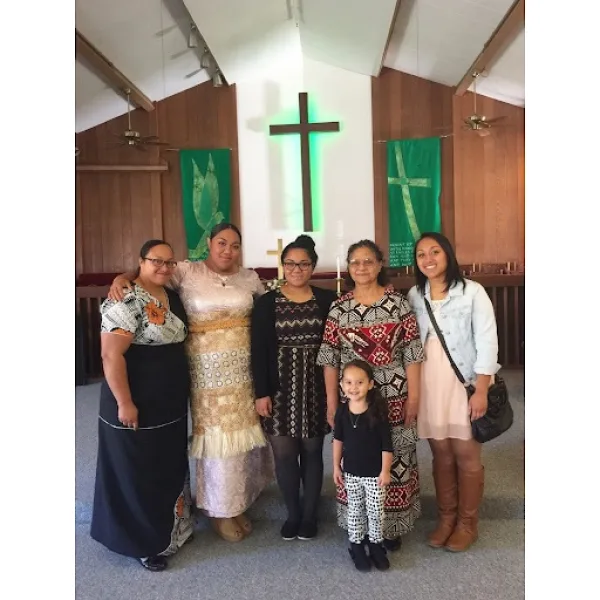
Frequently on weekends, my mom would take my grandma, my sisters, and I to Red Apple on the weekends to get taro leaves to make lu pulu, which consists of coconut milk, onions, and corned beef wrapped in taro leaves, a Tongan staple. Red Apple was one of the few international stores in the East Anchorage neighborhood that supplied these leaves which highlighted the niche foods . During those Red Apple trips, my mom would buy me and my sister bongos, a circular cheese puff with a hole in the middle, a popular snack among Pacific Islanders because it’s manufactured in the South Pacific. A way to bring Tonga to Alaska, where my parents originally migrated from.
In 1999, I started kindergarten at Airport Heights Elementary, I was a rowdy child who was recently potty trained - which made it difficult for my teacher and fellow classmates to have to deal with having me in class. Yet, I would find safety at my grandparents house after school, where they lived few blocks away from Airport Heights Elementary on 16th Ave in a ranch style home constructed during the 1970s oil boom, bought a few years after moving to Anchorage in 1985. In my grandparents' home my grandma would make a meal for my sisters and we’d tell each other stories, and play as she cooked. The best way for me to expend my energy was by running around with my siblings and cousins in the living room and accidentally breaking a window because of being too rowdy playing catch which caused us to run out of energy because we got reprimanded by my grandparents.
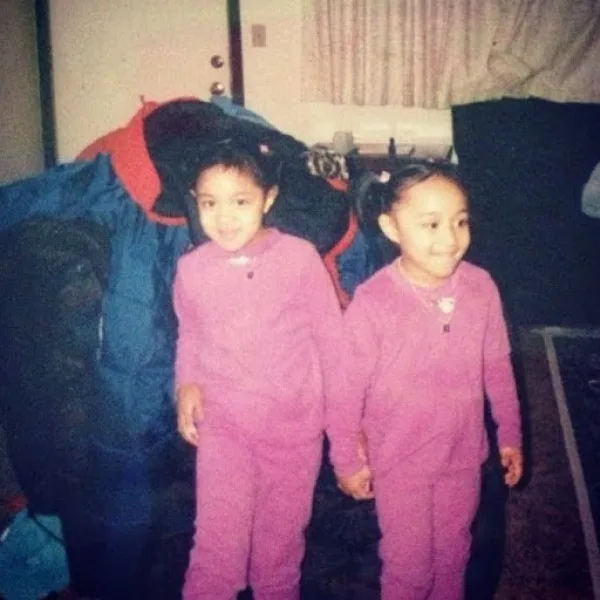
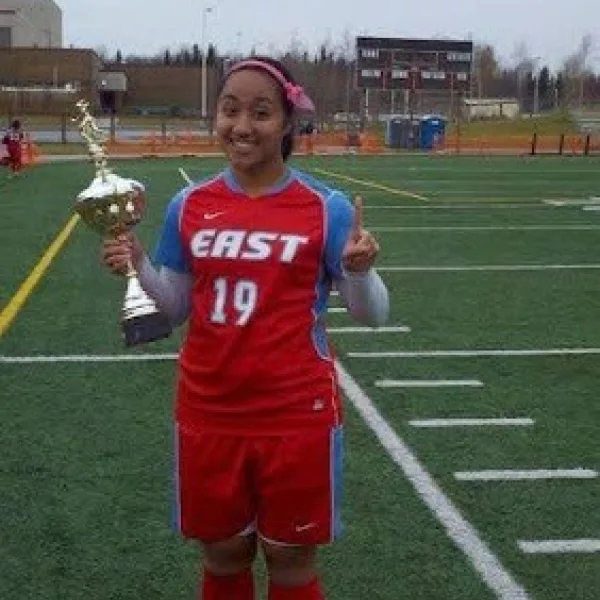
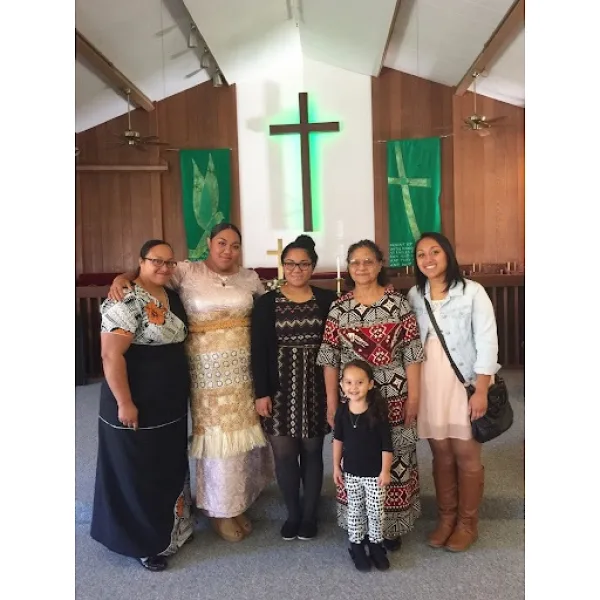
I found solace on playgrounds in Anchorage where my family took my sisters and I to play and for family gatherings. At Sitka Park, my dad, uncles, and older cousins would be on the grill making teriyaki chicken, ribs, and coolers filled with the starchy taro vegetables and ripe bananas to eat it with. Occasionally, my family would roast pig to share to celebrate a birthday or a graduation. We’d stay at the park till it closed at 10 PM, sharing stories, and playing volleyball till we could not see each other without a flash light. Our people are story tellers and sharing stories is a form of connection. Sharing food is a way of building community. If we got lost, in the evening at the park, we’d find our way back by our loud boisterous laughs.
From 2008-2012, I went to East Anchorage High School, currently known as Bettye Davis East Anchorage High School, named after Alaska's first Black woman elected to the Alaska House of Representatives in 2000 and advocate for children. In 2015, Bettye Davis East Anchorage High School would be named representing the diverse and rich culture that makes Anchorage. A place where I made friends from different cultural backgrounds who would invite me to their homes to share meals with their families and where I'd learn words from their languages spoken at home. Two generations of my family graduated from Bettye Davis East Anchorage High School.
No place in Anchorage has felt more like home than East Anchorage, where my parents and grandparents still reside in their ranch-style home a few blocks away from Airport Heights Elementary and Bettye Davis East Anchorage High School. Home to me is a place and people.
Today, East Anchorage is home to diverse neighborhoods in the city where a higher concentration of migrant families reside, stories similar to my grandparents of families looking for opportunity and a place to call home.
The Alaska Humanities Forum is a non-profit, non-partisan organization that designs and facilitates experiences to bridge distance and difference – programming that shares and preserves the stories of people and places across our vast state, and explores what it means to be Alaskan.
November 13, 2025 • MoHagani Magnetek & Polly Carr
November 12, 2025 • Becky Strub
November 10, 2025 • Jim LaBelle, Sr. & Amanda Dale